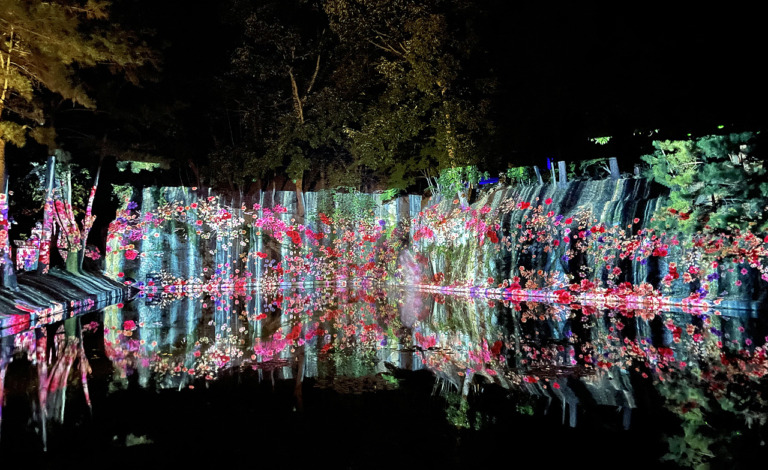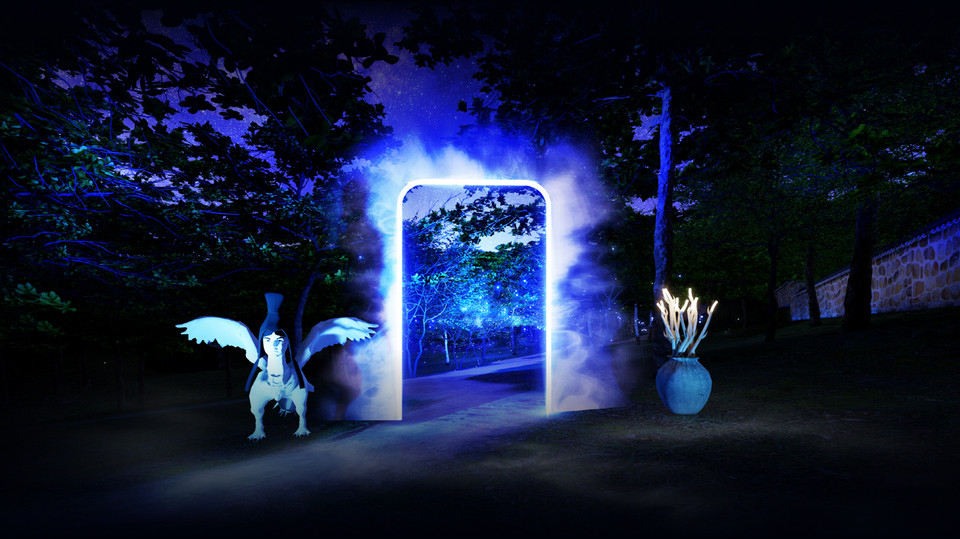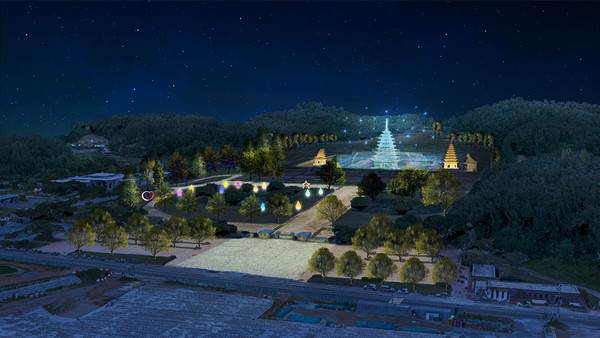Cultural heritage, reborn digitally
As we change to the digital age, the influence of technology on each field of our society is gradually expanding. This trend of the times also includes the area of cultural heritage, which is perhaps the most distant from 'digital'. In the era of digital transformation, steps have begun to recreate our cultural heritage as a living space.
In 2003, UNESCO specified the definition of 'Digital Heritage' through the 'Charter on the Preservation of Digital Heritage'. 'Digital Heritage(Digital Heritage)' is a combination of 'Digital' and 'Culture Heritage', which means cultural heritage. It plays a role in digitally preserving, researching, applying, and distributing tangible and intangible cultural heritage. According to the 'International Cultural Tourism Charter for the Management of Tourism in Important Historic Sites' adopted by the International Council on Monuments and Sites, the importance of utilizing cultural heritage as a tourism resource is also emphasized, in addition to the conventional state of conservation and management.
Heritage Media Art, under the concept of digital heritage, creates a new value that allows us to experience the unique identity of our cultural heritage in a way that is not stale in the current era familiar with cutting-edge technology through contemporary contents in historical sites. did.
add light to the tourism industry
Passing through a time that was unfamiliar to our generation, The tourism industry, which was stagnant due to endemic, is reviving. Along with the growing demand for travel, the number of people wishing to visit Korea who are interested in K-culture, such as the Korean Wave, is increasing, and the government is paying attention to tourist destination revitalization policies targeting foreign tourists. At this time, a method that is particularly noteworthy is media art with a tourist destination in the background.
Heritage Media Art(Heritage Media Art)It refers to media art that contains a historical background or story. Since the main purpose is to convey the unique value of World Heritage more easily and beautifully, it is an opinion that it can provide practical help to foreign tourists visiting Korea to understand and feel cultural properties. In particular, under the name of the 'Cultural Heritage Night Travel' project, a project that allows people to enjoy cultural heritage even at night through beautiful cultural heritage media art has received a lot of attention. These contents induce tourists to stay around cultural properties day and night. Naturally, it is possible to promote the vitalization of commercial districts around cultural assets and furthermore, the local economy and tourism industry, and the goal is to widely publicize the unique beauty of culture through the use of cultural heritage in each region as a tourism base to make cultural assets landmarks in the future. can be said to be

Cultural Heritage as a Digital Canvas, Projection Mapping Technology
Then, what is the core of the heritage media art business? The core of the heritage media art business that has been going on so far is projection mappingIt can be said to be a media façade for cultural assets through Projection Mapping.
projection mapping(Projection Mapping)It is defined as a technology that displays an image made of light on the surface of an object to make the object existing in the room appear to have a different character. As the direction of cultural property policy has expanded from preserving its original form to spreading its value, one of the biggest concerns is the possibility of damage and loss of cultural property. The Cultural Heritage Revitalization Project through Heritage Media Art solves these problems by using projection mapping technology as intangible light as a raw material.
K-media art, how and where?
This time, Korea's cultural heritage heritage media art was launched in earnest as the World Heritage Media Art Festival project of the Cultural Heritage Administration. It includes various programs such as media façade and immersive content to suit the characteristics of each region's heritage.

Iksan Mireuksaji World Heritage Media Art Festa: Building Light and Hope of Baekje
– Operation period: 2022.09.03 ~ 2022.10.03
Last year, the first World Heritage media art venue opened the festival at the Mireuksa Temple Site in Iksan, located in the Baekje Historic Site Area. Aiming at an intuitive cultural heritage experience of convergence of cultural heritage, nature, and ICT technology, various contents such as a media facade as well as a drone light show were screened using the wide Mireuksaji site.
<Building the light and hope of Baekje> was conducted with the concept of individual hope and national well-being and peace, which means Mireuksa, the largest temple in Baekje. A 60m long moving screen connects the east and west towers to create a magnificent, extra-large media façade with a total length of 130m. It is said to have dramatically improved the screen field of view and immersion, which were considered disappointing points last year, by strengthening the sense of reality with live media performance and XR (extended reality) performance.

Buyeo World Heritage Media Art Festival: Heritage of Euraha
– Operation period: 2022.09.16 ~ 2022.10.15

The Buyeo World Heritage Media Art Festival is based on the story of King Seong and King Wideok, who dreamed of a peaceful and prosperous era in Sabi Baekje. In the theme of the festival <Legacy of Eoraha>, 'Eoraha' is an old word for the king of Baekje, and it was planned to easily and beautifully feel the spirit and value of Baekje people at the Gwanbuk-ri ruins and Busosanseong Fortress, which are representative examples of the royal capital civilization in the late Baekje period. In the courses leading to 'Sabiyeon', 'Sabihon', and 'Sabikyung', you can experience various interactive or immersive contents to feel the excellence of Baekje culture.

Tongdosa Temple in Yangsan: An invitation to the world of Hwaeom

– Operation period: 2022.09.03 ~ 2022.10.10 (extended operation for one week)
Yangsan Tongdosa Media Art Festival <Invitation to the World of Hwaeom> screened a media façade that expressed the first step to Hwaeom and the journey to the final destination along with Tongdosa treasures such as Banya Yongseondo, Guryongji Pond, and Geumgang Stairs, as well as the true story of its foundation. It is planned to experience a 'journey to find the Buddha within me' with colorful motion graphics such as Jajangmae, Lawn, and Mandala patterns, and an interactive screen spread over a trance.
concluding words
The way of appreciating cultural heritage is gradually becoming more advanced through extended reality technology (XR), which allows content to be appreciated more realistically. Heritage media art provides a new experience through the convergence of the value of cultural heritage, the historical story, and modern eyes and technology that reinterpret it. This is a new form of cultural heritage enjoyment, and Curz expects that media art and cultural assets will meet to encourage people to pay attention to the uniqueness and beauty of traditional art and to become a venue for communication.
Tags
- AI, AR, CUZ, LOVE EARTH, media art, SWITCH OFF, VR, XR, Cultural Heritage, media art, media facade, Curze



